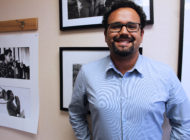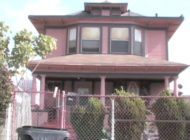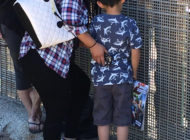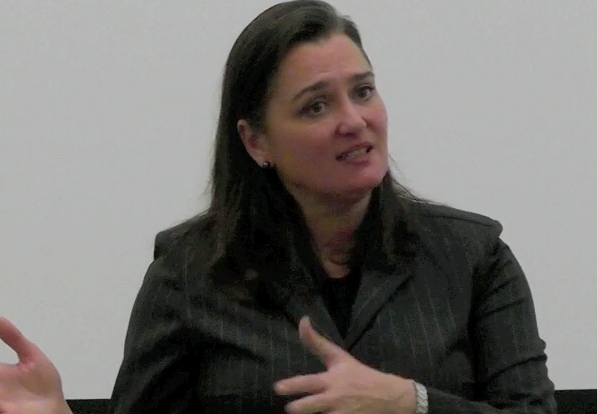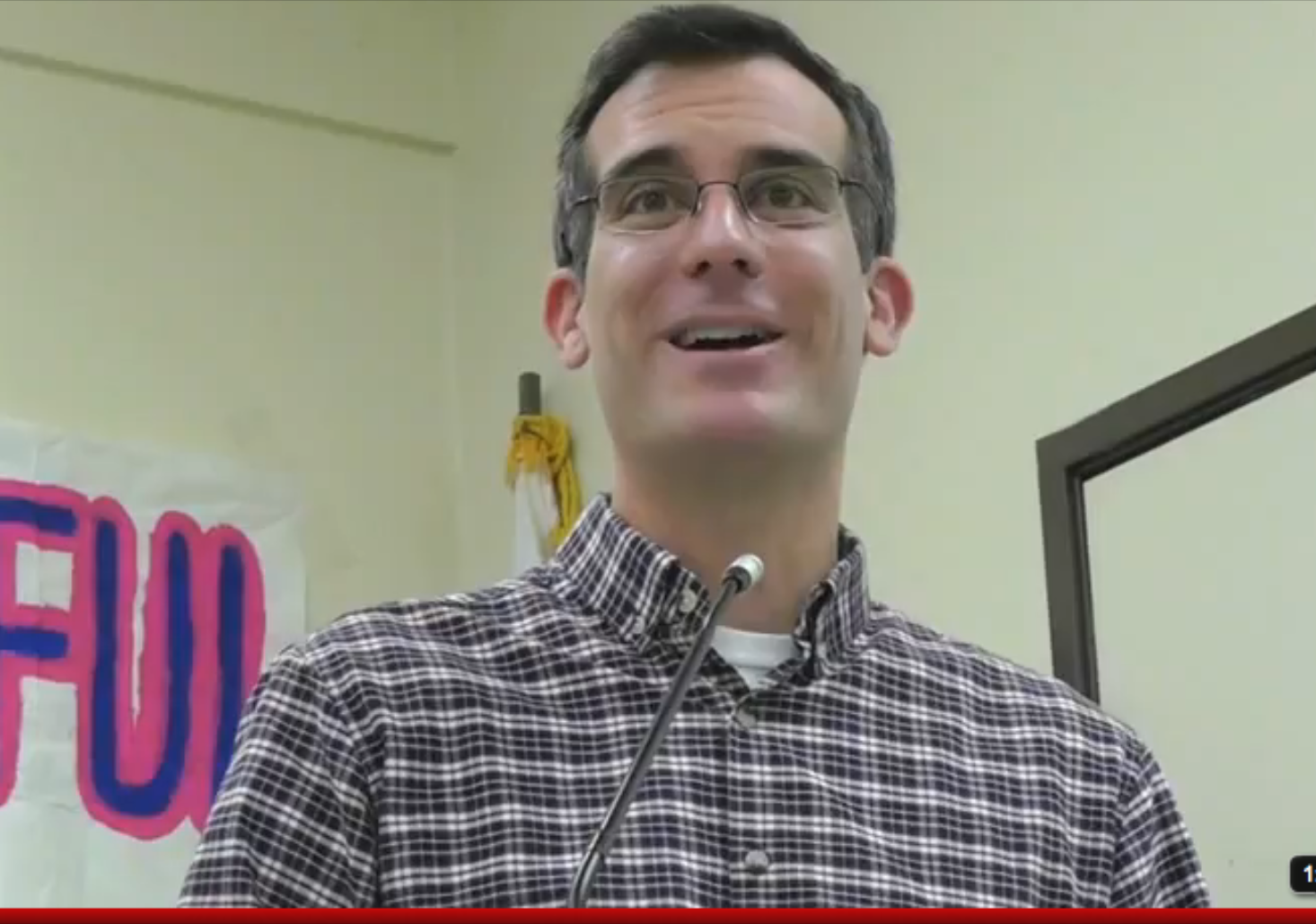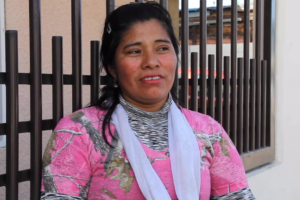By ELIJAH CARR
EL NUEVO SOL
The San Fernando Valley: a place that is a melting pot of many different races and ethnic groups, from Latino, African American, Asian, White, etc. The Valley is also a place that has this divide in terms of class and even race when you look at the borders of certain parts of the valley. For example when you take a look at the population by race, according to the US Census Bureau, areas like Woodland Hills, Tarzana, and Calabasas are predominantly White meanwhile areas like Canoga Park, Van Nuys, and Panorama City are predominantly Latino or colored. Also looking at the US Census Bureau, median household income and rent asked is much higher in the White areas than in the areas where there are more colored people.
Race, Rent Asked and Median Household Income Table.
| City | Total Pop. | White | African American | Hispanic/ Latino | Rent Asked | Median Household Income |
| Calabasas | 25,488 | 20,204 | 318 | 2,325 | $2,260 | $117,615 |
| Woodland Hills | 25,851 | 19,467 | 981 | 2,522 | $1,937 | $100,323 |
| Tarzana | 29,458 | 19,467 | 1,212 | 4,089 | $1,485 | $71,654 |
| Canoga Park | 26,855 | 5,958 | 1,033 | 16,416 | $1,354 | $51,486 |
| Van Nuys | 51,145 | 12,574 | 2,414 | 30,942 | $1,164 | $41,283 |
| Panorama City | 69,817 | 6,792 | 1,830 | 50,328 | $1,169 | $41,669 |
The reason why I think the numbers are like this is not only because of race, but I also think it has to do with gentrification and the renovation of these areas which is causing people with higher income to move to these areas.Just by looking at race, the areas that have more White people than any other race are usually the areas that get building renovations and are in the process or have already been gentrified mean while the areas with more colored people have seen little to no change. Take Woodland Hills for example: they are continuing to expand and build the Westfield mall in the area by adding a new outside area, the Village, as a $350 million extension to the mall back in September of 2015. The city also plans on having the Westfield Promenade, a almost vacant shopping center, renovated with new stores, restaurants and a large sporting arena by 2035. Tarzana is also set to get some new renovations as with a $542 million expansion on the hospital in the area that plans to add a new patient wing, a parking structure, and surgical facilities.
 In areas like Van Nuys and Canoga Park, besides a couple of new apartment buildings being made, there aren’t any big projects expected to hit those areas as of now. The only low income area that is actually seeing some sort of big changes is Panorama City. Developer Izek Shomof plans on renovating the Panorama towers, a vacant 13 story office building, into an outdoor shopping center. There is also a company named Icon that plans on tearing down 3 commercial buildings and building up 7 new buildings for housing and a huge parking garage in the middle of it. These renovation can be very good for the area but we have to ask if the housing will be affordable for those already living there or will cause them to move because the prices will be too high.
In areas like Van Nuys and Canoga Park, besides a couple of new apartment buildings being made, there aren’t any big projects expected to hit those areas as of now. The only low income area that is actually seeing some sort of big changes is Panorama City. Developer Izek Shomof plans on renovating the Panorama towers, a vacant 13 story office building, into an outdoor shopping center. There is also a company named Icon that plans on tearing down 3 commercial buildings and building up 7 new buildings for housing and a huge parking garage in the middle of it. These renovation can be very good for the area but we have to ask if the housing will be affordable for those already living there or will cause them to move because the prices will be too high.
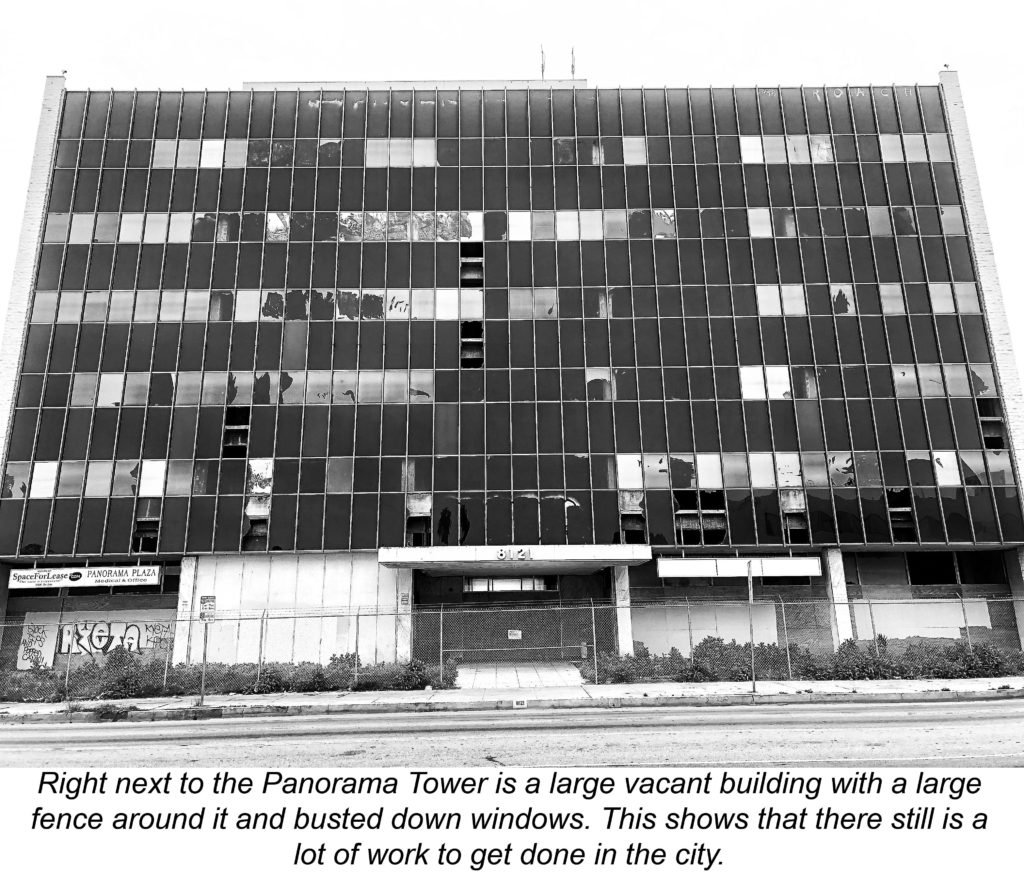
The thing about statistics is that even though they give accurate numbers, they don’t give you the thoughts and emotions of the people that are actually living in the Valley. Take Daniel Rodriguez for example, a 23 year old student from Van Nuys. I asked Rodriguez what his thoughts were on seeing no renovations from Van Nuys while there are renovations happening at other parts of the valley.
“It’s a shame to be honest. It’s more than likely that people in areas like Woodland Hills and Studio City have higher incomes compared to those in areas like Pacoima and Van Nuys so renovations and beautification projects are more likely to be a priority in those areas so the housing market will benefit. If renovations were made in those areas that need it, then I think more people would be willing to live in those areas and there would be less, “oh, there’s an apartment… but it’s in Van Nuys. I don’t want to live in that area. It’s bad.” However, renovations are not going to solve this problem because there are other factors like gang activity in those areas and homelessness, the latter being an increasing problem everywhere in Los Angeles but I do believe renovations are a good step forward.”
I also spoke to Anne Devlyn, a 47 year old resident from Woodland Hills and I asked her what are her thoughts on her city getting more renovations while other parts are not.
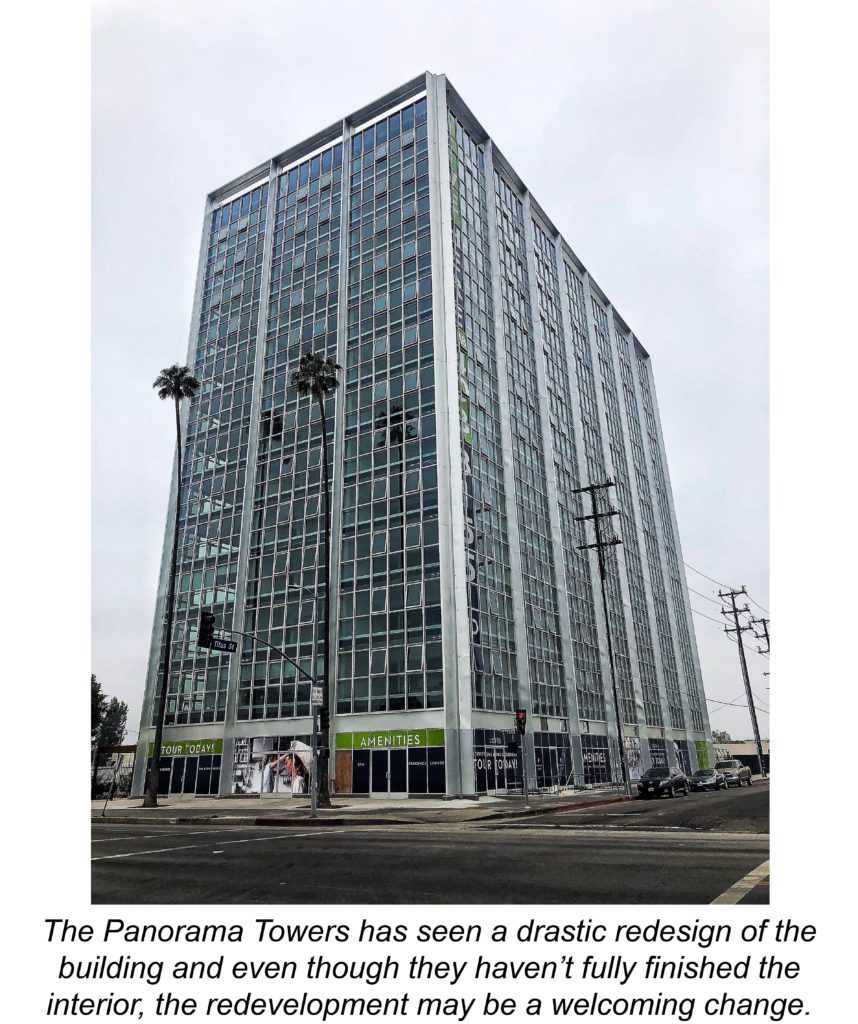
“I think it’s wrong overall because all parts of the Valley should have the same treatment as one another. There shouldn’t be this divide of what the buildings look like and the streets just because of where they live. If the Valley has all this money to make the malls bigger, then they should have money to rebuild the neighborhoods and housing and make it affordable as well. I also don’t like all the unnecessary advances they are making in my area either because all it does is makes my landlord raise my rent then I’ll just be shit out of luck I guess.”
So how come even though a large portion of the San Fernando Valley, roughly 60% to be exact, is of colored people yet the majority of them live in lower income areas than white people? There can be multiple reasons why this is from education levels not being high in lower income areas to it just being a coincidence but the main reason for this is simply because of people’s race. According to Making the San Fernando Valley: Rural Landscapes, Urban Development, and White Privilege a book by Laura R. Barraclough, Barraclough discusses the differences between the privileged half of the valley, the west side, and the lower income, racially diverse half, the east side.
“Today’s Valley is itself divided, principally by an east-west split that runs along the 405 Freeway. . . . On one end of the Valley [the west side], gated mansions and old ranch houses still preside over well-groomed neighborhoods; on the other [the east side], some residents still don’t have sewer hookups or streetlights. On the west side of the Valley, a majority of residents are white, whereas on the east side, just one-third are; West Valley residents also earn five thousand dollars more per year in household income than East Valley residents. Homeownership rates and educational achievements reflect similar discrepancies. These differences appear to be growing.” (Barraclough, pp. 189–190)
Just by driving the streets of the Valley, you can tell where money and time was put into where as places that are left unattended are also equally noticeable. You can also tell by the stores that city allows in these areas that don’t care for what’s best for people of color like liquor stores on every other corner, pawn shops, and just very old stores in general. You can also just look at the streets and see the difference in cleanliness as well.
Works Cited
-Barraclough, Laura R.. Making the San Fernando Valley : Rural Landscapes, Urban Development, and White Privilege, University of Georgia Press, 2011. ProQuest Ebook Central.
-Data Access and Dissemination Systems (DADS). “American FactFinder.” American FactFinder, 5 Oct. 2010, factfinder.census.gov/faces/nav/jsf/pages/index.xhtml.
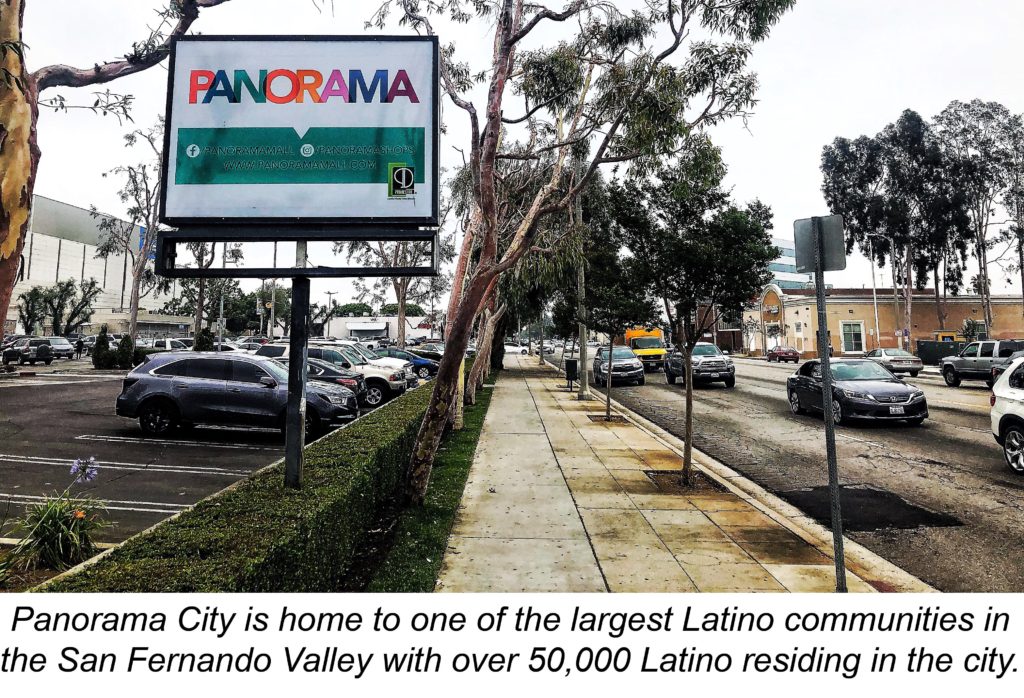
Tags: gentrification Racial inequality San Fernando Valley urban development








